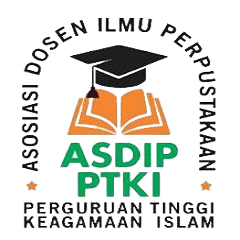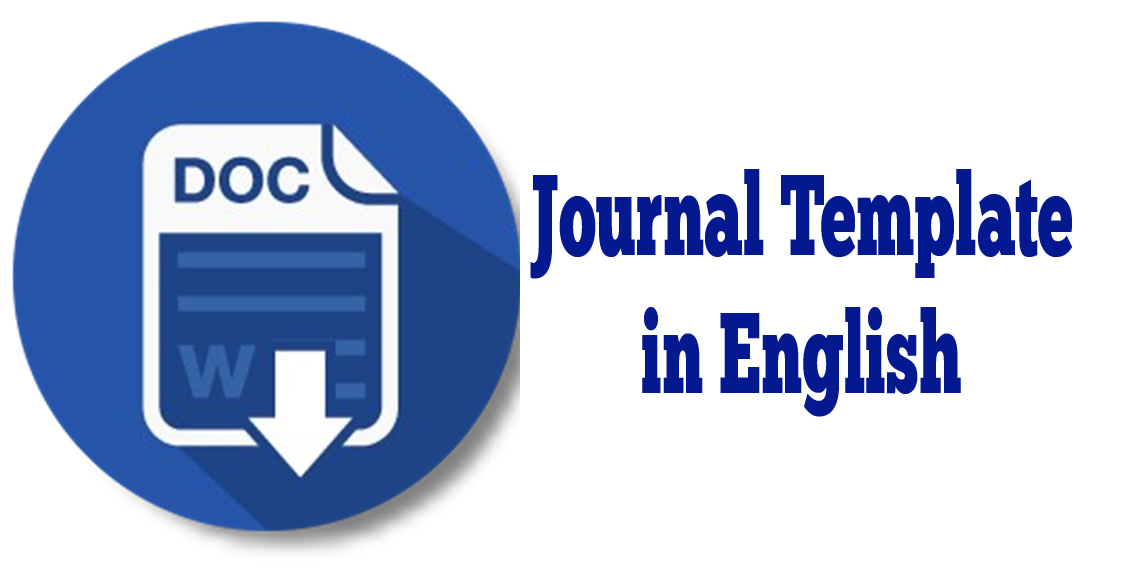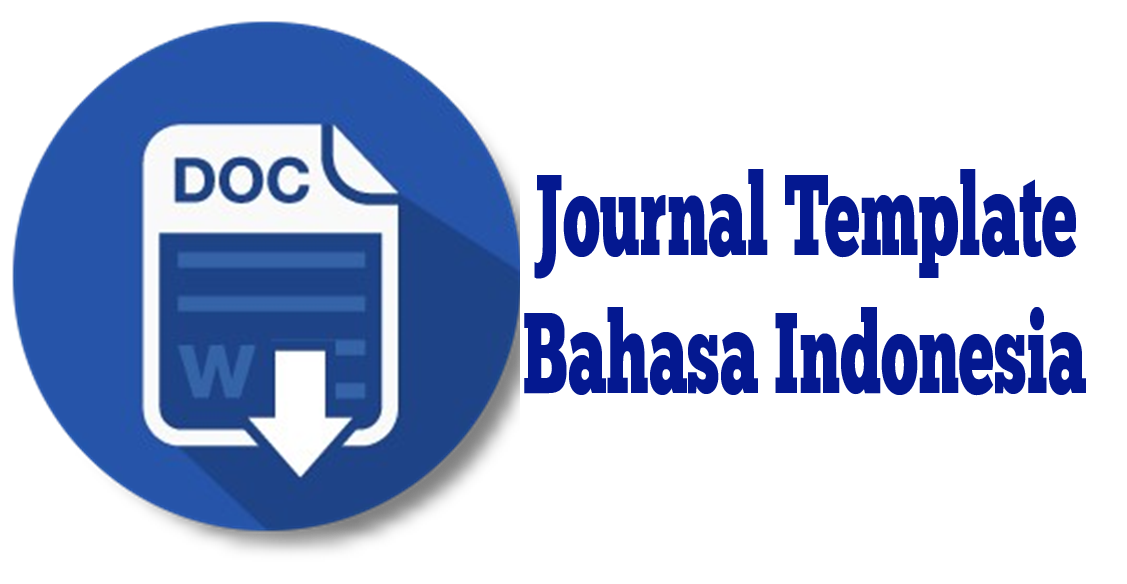Information Literacy As An Implementation Of Tabayun Concept In Islam
Abstract
Keywords
Full Text:
PDFReferences
BBC. (n.d.). Internet used by 3.2 billion people in 2015 - BBC News. Retrieved September 9, 2021, from https://www.bbc.com/news/technology-32884867
Doyle, C. (1994). Information literacy in an information society : a concept for the information age. 80.
Eisenberg, M. B., Lowe, C. A., Spitzer, K. L., & Spitzer, K. L. (2004). Information literacy : essential skills for the information age. 408.
Ibrahim, D. (2016). Metodologi Penelitian dalam Kajian Islam (Suatu Upaya Iktisyaf Metode-Metode Muslim Klasik). Intizar, 20(2), 247–266. https://doi.org/10.19109/intizar.v20i2.432
Information Literacy Competency Standards for Higher Education. (n.d.). Retrieved September 9, 2021, from http://www.ala.org/acrl/standards/informationliteracycompetency.
Jaeger, P. T., & Taylor, N. G. (2021). Arsenals of Lifelong Information Literacy: Educating Users to Navigate Political and Current Events Information in World of Ever-Evolving Misinformation. Https://Doi.Org/10.1086/711632, 91(1), 19–31. https://doi.org/10.1086/711632
Khan, M. L., & Idris, I. K. (2019). Recognise misinformation and verify before sharing: a reasoned action and information literacy perspective. Https://Doi.Org/10.1080/0144929X.2019.1578828, 38(12), 1194–1212. https://doi.org/10.1080/0144929X.2019.1578828
Koohang, A., & Weiss, E. (2003). Misinformation: Toward Creating a Prevention Framework.
Lewandowsky, S. (2019). The ‘Post-Truth’ World, Misinformation, and Information Literacy: a Perspective From Cognitive Science. In Informed Societies (pp. 69–88). Facet. https://doi.org/10.29085/9781783303922.006
Parrott, J. (2018). Finding Truth in the Age of Misinformation: Information Literacy in Islam. Yaqeen Institute for Islamic Research.
Rangkuti, C. (2016). _____________________ Sekolah Tinggi Agama Islam As-Sunnah Deli Serdang Implementasi Metode Bayani, Burhani, Tajribi Dan ‘Irfani Dalam Studi Filsafat Pendidikan Islam. Jurnal Waraqat, I(2), 1–12.
Walidah, I. Al. (2017). Tabayyun di Era Generasi Millenial. Jurnal Living Hadis, 2(2), 317–344. https://doi.org/10.14421/livinghadis.2017.1359
DOI: http://dx.doi.org/10.29240/tik.v5i2.2866
Refbacks
- There are currently no refbacks.
Copyright (c) 2021 Muhamad Riza

This work is licensed under a Creative Commons Attribution-NonCommercial-ShareAlike 4.0 International License.
TIK Ilmeu indexed by:
 This work is licensed under a Creative Commons Attribution-NonCommercial-ShareAlike 4.0 International License.
This work is licensed under a Creative Commons Attribution-NonCommercial-ShareAlike 4.0 International License.















